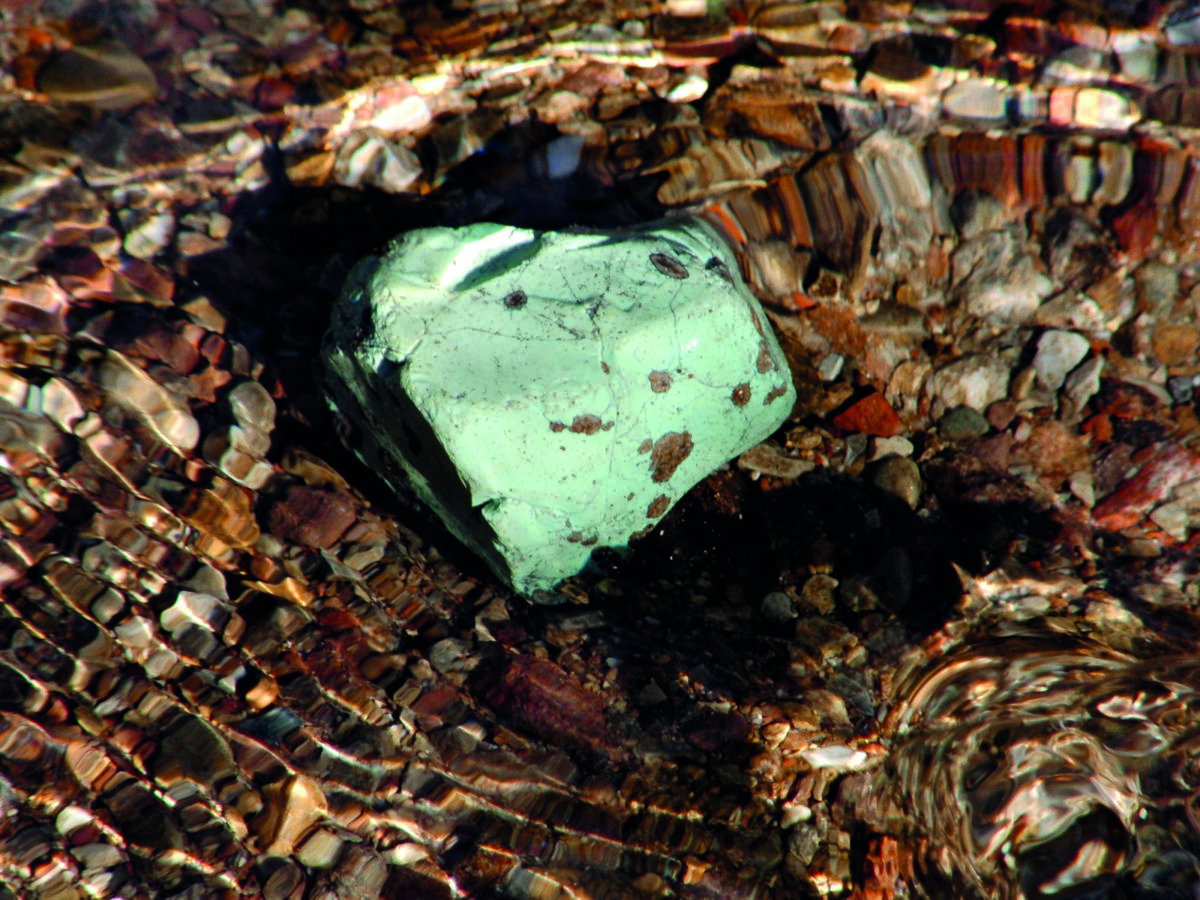In the gently babbling brook, gravel ranging from turquoise blue to jade green can be spotted among the red stones. Dark gravel and stones containing voids are even more common, resembling the stones found near volcanoes. They are the first indication along the Geotrail of man’s attempts to use raw materials to make his life easier and more comfortable. In fact, these stones are artificial smelter waste (slag) which was left over when metals were extracted from ore at the nearby blast furnace. The slag stones look like glass because they cool quickly. There is no time for crystals to form, so they solidify to form a smooth (amorphous) mass like glass. The colours of the stones are derived from various metal salts. The bubble-shaped cavities are created by gases which form during the smelting process and become trapped in the slag stones. These slag stones were used in the past and are still used today as insulation and filling materials (e.g. gravel for road construction) as well as in the cement industry.
Cerca
Ultimi Post
- The temporary exhibition “The Wonders of the Underworld – Ampezzo, 20th June 2020
- The Geological Museum in Ampezzo opens next Saturday
- The temporary exhibition “Fossil fish from the Friulian Alps” opens again
- Coronavirus Emergency – extraordinary closing
- Presentation conference – book “INSIDE THE CARNIC ALPS” – Udine, 25th June 2019

